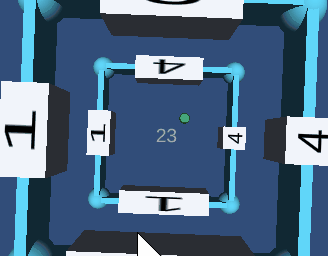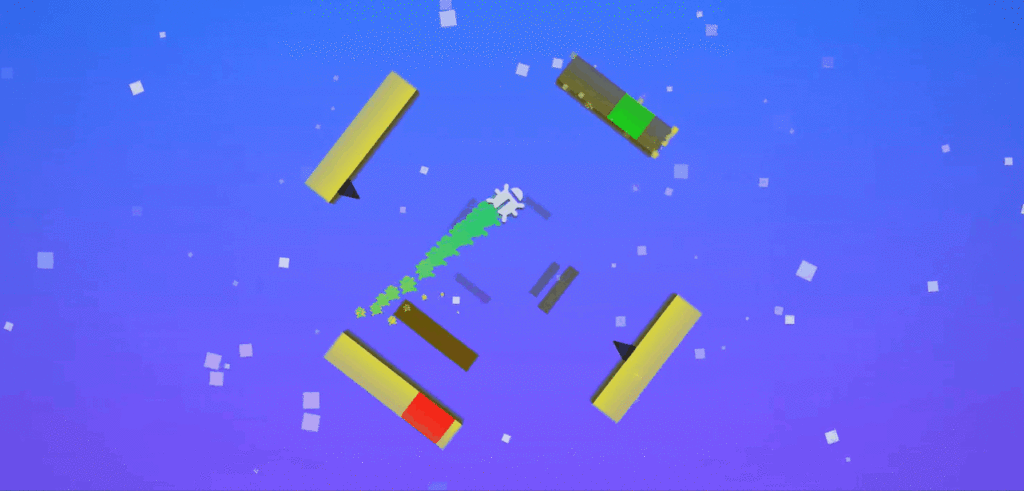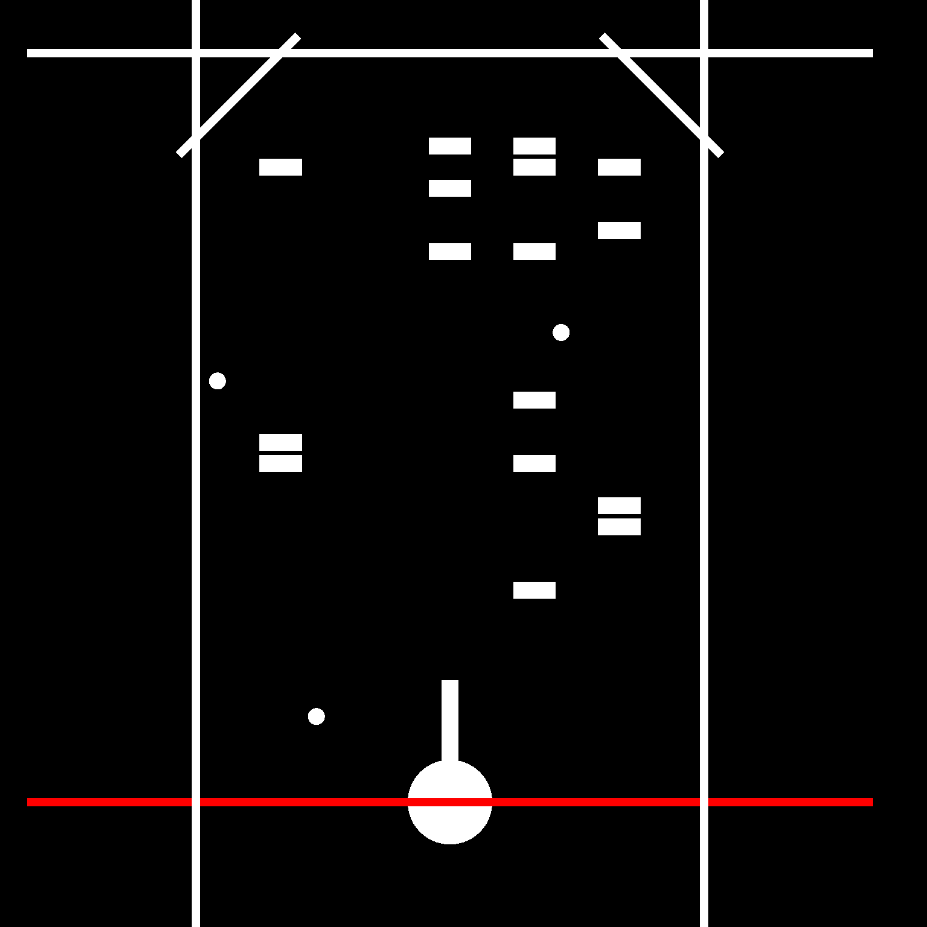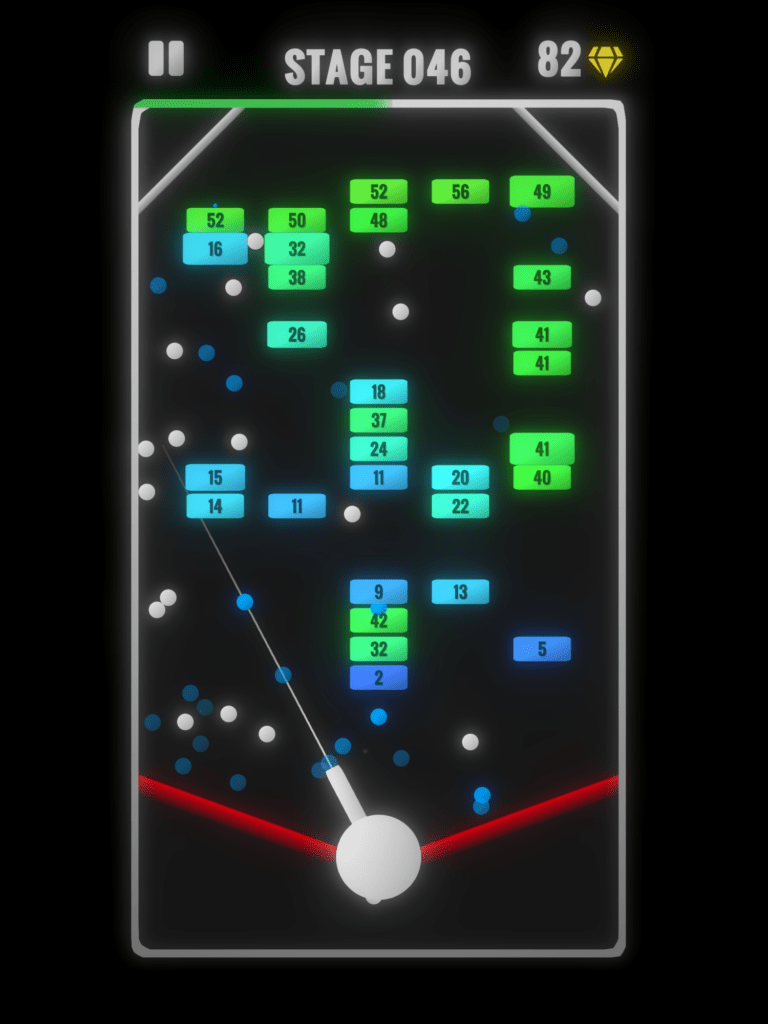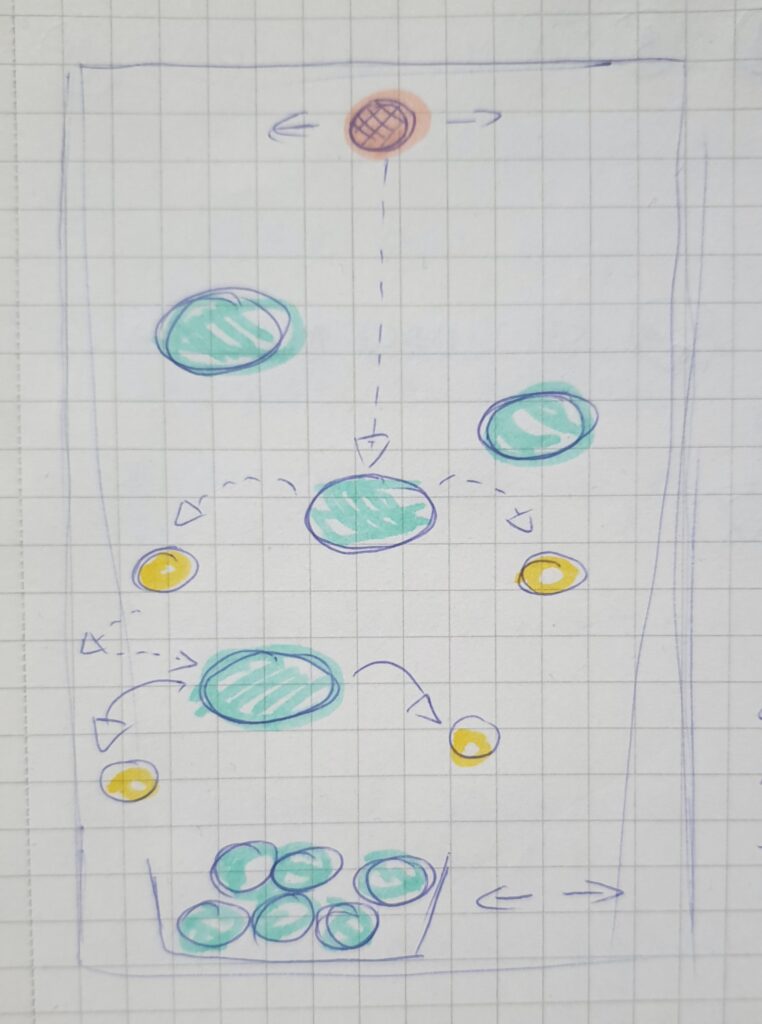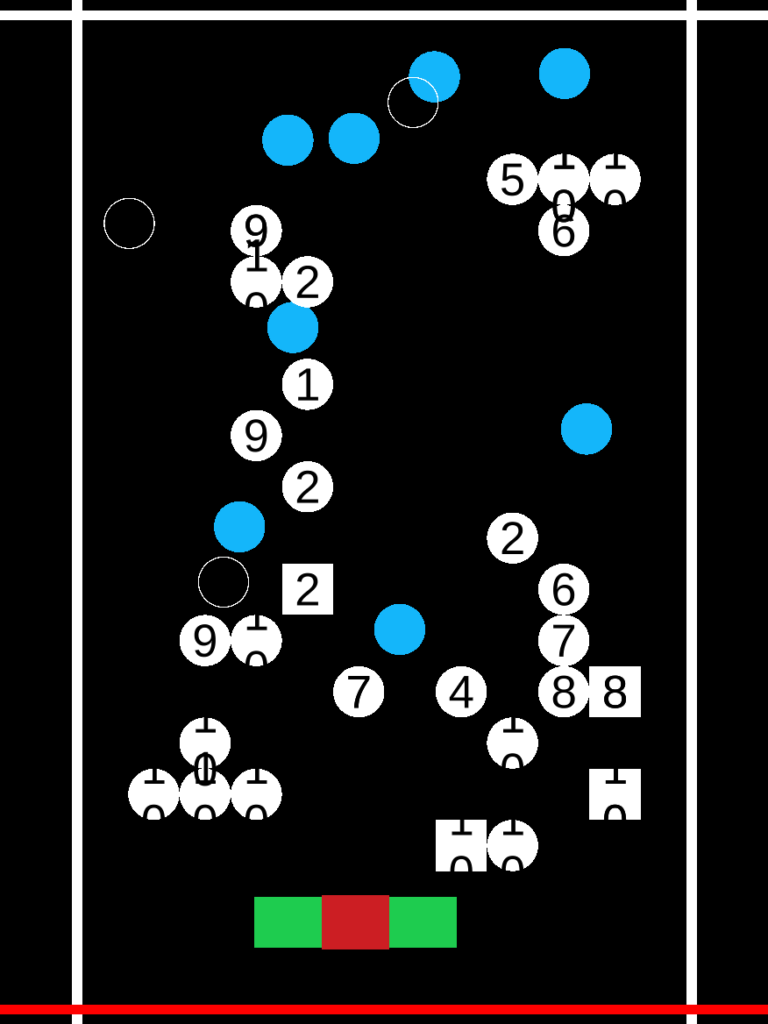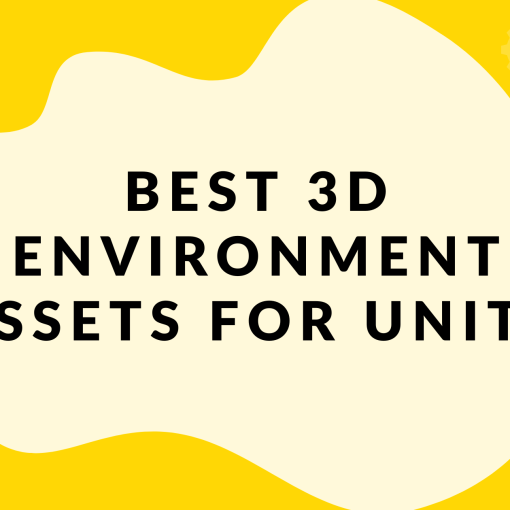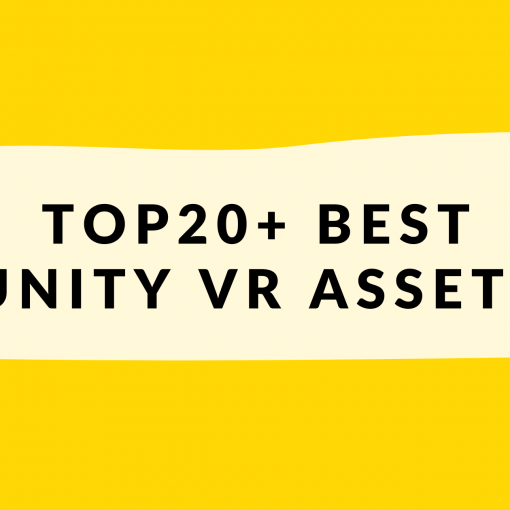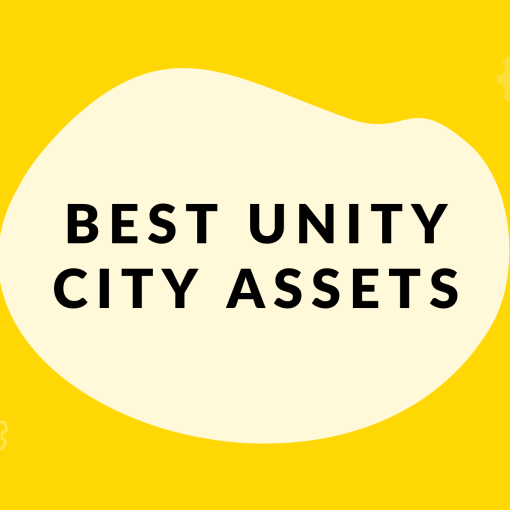Got a game idea? Great! So now it’s time to check whether or not it’ll work and it’s worthwhile to pursue. This is where the game prototype comes in very handy.
The Importance of Game Prototyping
Building a prototype is about quickly validating if the game idea you have in mind is fun. It checks main mechanics, functionality and user experience. You have to determine what is your MVP (minimum viable product) and build it in the simplest possible way.
The main focus should be on core mechanics and controls. Don’t worry about graphics, animations, sounds, etc. They are not important here. Keep it really simple. For necessary game objects use rough, but clear placeholders for speed of use and saving time. And don’t worry if your code is crappy – you’ll make it beautiful later.
Once you have that, play it and check if it feels good. If so – show it to other people. If they’ll like your prototype and they’ll want more – you’re in the right place! On the other hand, don’t get discouraged when the first reactions are not what you expected. You can iterate that prototype or ditch it and try with another idea. Remember, sooner you realize something is shitty, the faster you can start making something that is not. 🙂
Now I can’t even remember how many game prototypes I’ve made. A lot. That’s for sure. Most of them failed, 6 were moved to production and finally have been released in both, App Store and Play Store.
Good practices when making a game prototype
Use the tools you know
It’s much easier and faster to do prototyping using tools you know. If you know Unity – use Unity. If you know Unreal Engine – use it. Whatever allows you to create a prototype fast. Don’t know any engine yet? I’d say: choose whatever engine you want and start developing, you’ll learn during the process. If you don’t feel confident enough yet: you can look for tools that will allow you to build prototypes without coding. Don’t let anything hold you back.
Choose only the most important features
I’m sure you’ve got tons of feature ideas for your next game and it may be hard to choose the most important ones but you’ll have to do it. Chances are good that you can create a nice, fun enough, prototype with max 5 core features or even less. If it won’t pass the “fun enough test” with that limited set – change it, iterate or move to another game idea.
Don’t be afraid to show it
This is a difficult one. If not even the most difficult. People judge what they see and it can be really hard to show a game in those early stages and sell the whole vision and potential behind it. But you need feedback, right? Showing your prototype to others can help you discover problems early. If you don’t want to show your prototype to the world yet – show it to your friends, colleagues, family, etc. Better this than nothing. Learn to accept criticism and collect valuable feedback as soon as possible.
Common mistakes when making a game prototype
Spending too much time to make a game prototype
As already mentioned above: prototyping is about quick validating if the game idea you have in mind is fun. How long is too long? Hard to answer, it all depends on how big a game you aim to develop. It’s not the same to make a prototype for a simple casual game and for a huge RPG. For small games, we usually shoot for one/two-days per prototype, but it can be up to a few weeks or even months for bigger projects.
Rushing towards the production stage
Congrats if your first idea for the game clicked immediately and it went something like this for you: “Yes! This is an amazing idea, it all comes together perfectly. I’ll make my next successful game out of it! Just need to work on it for months in isolation and then show my masterpiece to the world and make millions!”. Congrats again if you did actually make money to reward you enough for that hard work. Reality probably won’t be that generous. So you need to be smart. Have an idea, make that prototype, get feedback and iterate. This way you’ll potentially save yourself countless hours and make something that people will actually like.
Focusing on the visuals
Visuals only matter when you’ve already moved your project to the production stage. Despite this, some developers are focusing too much on visuals during prototyping. Spending too much time on visuals takes away the primary goal of prototyping: to validate the core of the game idea. And yes, we totally understand concerns about the look of the prototype when it comes to showing it to some people. Just remember to always make it clear that this is only a prototype and a beautiful version will come later. If ugly will be fun then pretty will be pretty awesome!
Feeling discouraged when a prototype fails
Not every prototype will turn into a game. Actually probably most of them won’t. It happens and it’s normal! Prototypes are meant to test assumptions, and validate ideas. Don’t be discouraged and disappointed by this fact and just try with another one. 🙂
Tip: Don’t get rid of failed prototypes – save them for later. Maybe they will evolve, mix and eventually become the perfect game?
Summing up
Once again: have an idea, make a prototype, get feedback and iterate. Will you?

